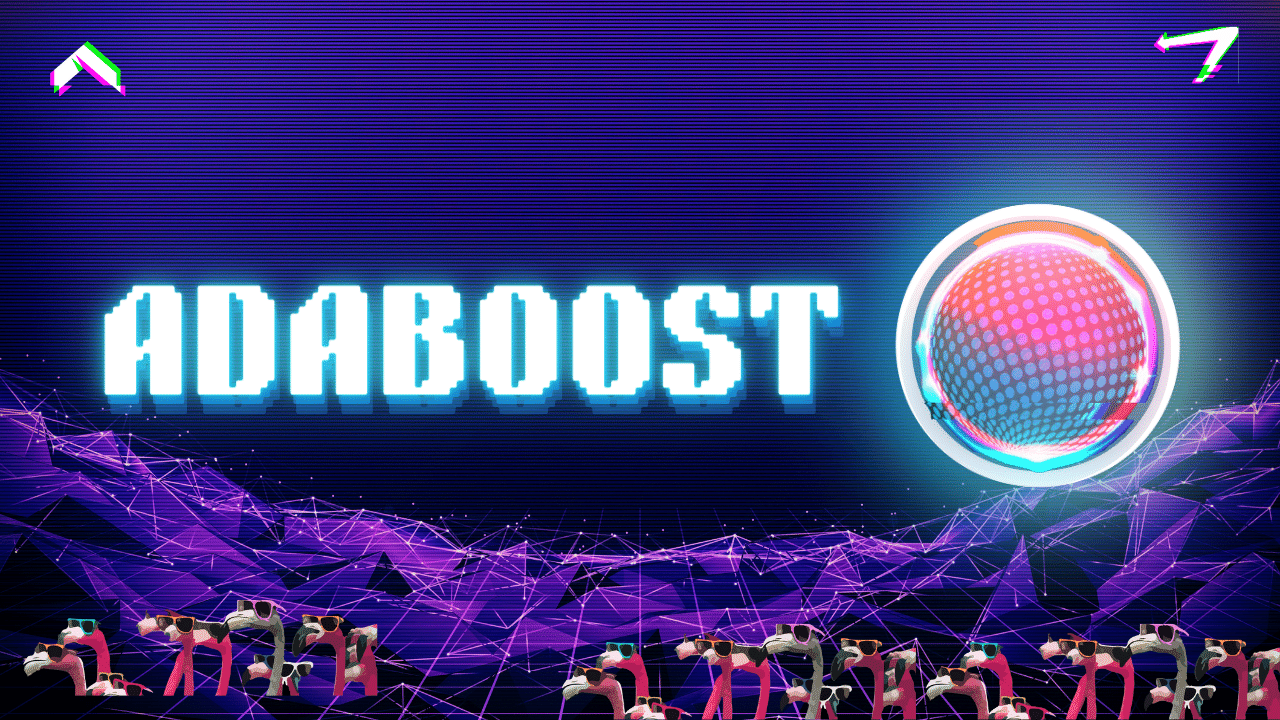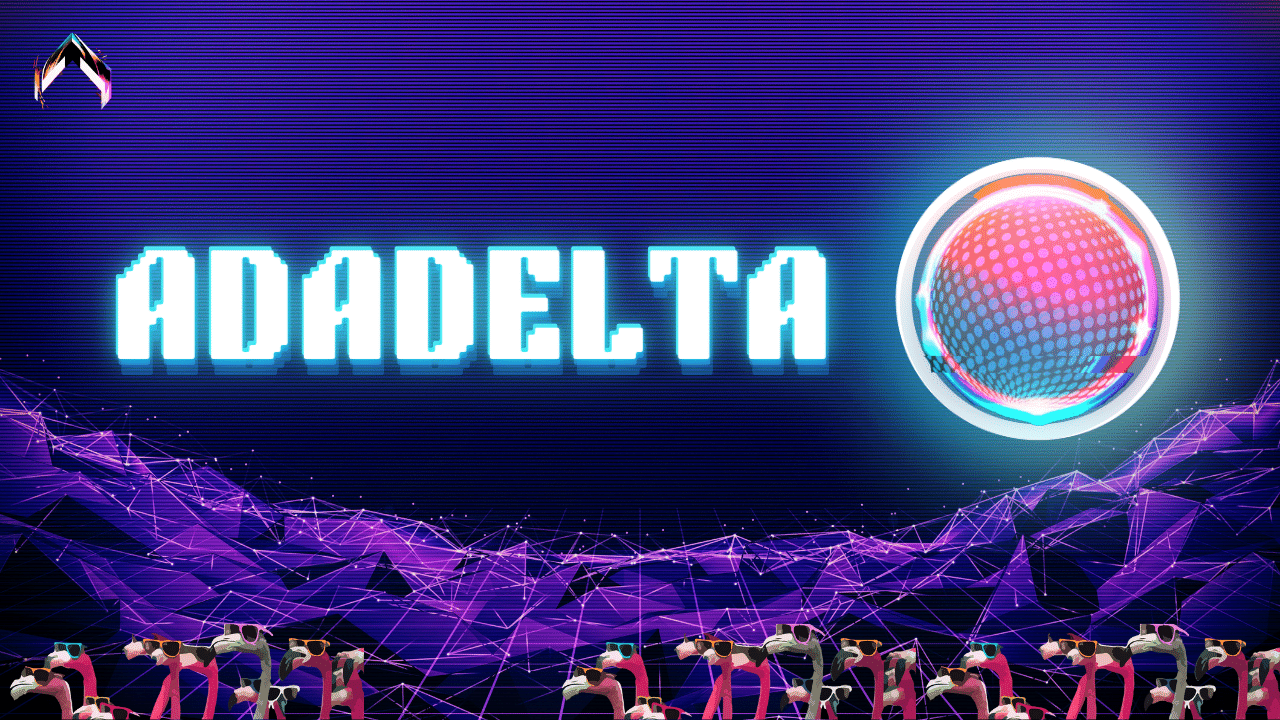Activation Regularization (AR) is a type of regularization used in machine learning models, specifically with Recurrent Neural Networks (RNNs). Typically, regularization is performed on weights, but AR is unique in that it is performed on activations. The goal of AR is to encourage small activations, ultimately leading to better performance and generalization in the model.
What is Activation Regularization?
Activation Regularization, also known as $L\_{2}$ activation regularization, is a meth
Overview of Active Convolution
Active Convolution is a type of convolution that allows for a more flexible receptive field structure during training. Unlike traditional convolutions, the shape of Active Convolution is not predetermined, but can be learned through backpropagation during training. This means that there is no need to manually adjust the shape of the convolution, providing greater freedom in forming Convolutional Neural Network (CNN) structures.
What is Convolution?
Convolution
Active Learning is a powerful approach to machine learning that allows computers to learn from relatively smaller training datasets. It is based on the principle that when a learning algorithm is given enough examples to learn from, it can perform accurate predictions. However, when the dataset is small, the accuracy may suffer, and the algorithm may fail to generalize on new data.
What is Active Learning?
Active Learning is a machine learning technique that addresses this problem by choosing
Active Object Detection:
Object detection is a popular computer vision task suited to identify and locate objects of interest within an image or video. It has numerous practical applications, such as surveillance, autonomous vehicles, face detection, and more. Active object detection refers to the process of training an algorithm to detect objects based on a user's input, thereby enabling the algorithm to learn from its mistakes, making it more accurate and efficient over time.
What is Active
Overview:
Activity prediction is the process of predicting human activities in videos. It involves analyzing video data and extracting information about specific actions taken by humans in a given scene. This information can then be used to make predictions about future activities, classify different types of activities, and improve the accuracy of computer vision systems.
How It Works:
Activity prediction relies on a combination of computer vision and machine learning techniques. The first
Activity recognition is the process of identifying human actions in a video input. This involves determining which specific activity is being performed by the person or people in the video. It is an important problem that has many potential applications in society such as smart surveillance, video search and retrieval, intelligent robots, and various monitoring systems.
Activity recognition is typically approached as a binary or multiclass classification problem. This involves outputting activi
What is ACKTR?
ACKTR stands for Actor Critic with Kronecker-factored Trust Region. It is a reinforcement learning method that helps machines learn from trial and error by rewarding or punishing them based on their actions.
How does ACKTR work?
ACKTR is an actor-critic method that optimizes both the actor and the critic using Kronecker-factored approximate curvature (K-FAC) with trust region.
In reinforcement learning, a machine learns by interacting with its environment. The machine receive
Understanding Actor-critic: Definition, Explanations, Examples & Code
Actor-critic is a temporal difference algorithm used in reinforcement learning.
It consists of two networks: the actor, which decides which action to take, and the critic, which evaluates the action produced by the actor by computing the value function and informs the actor how good the action was and how it should adjust.
In simple terms, the actor-critic is a temporal difference version of policy gradient. The learning of
Understanding AdaBoost: Definition, Explanations, Examples & Code
AdaBoost is a machine learning meta-algorithm that falls under the category of ensemble methods. It can be used in conjunction with many other types of learning algorithms to improve performance.
AdaBoost uses supervised learning methods to iteratively train a set of weak classifiers and combine them into a strong classifier.
AdaBoost: Introduction
Domains
Learning Methods
Type
Machine Learning
Supervised
Ensemble
AdaBound is an improved version of the Adam stochastic optimizer which is designed to work well with extreme learning rates. It uses dynamic bounds to adjust the learning rates, making them more responsive and smooth. This method starts as an adaptive optimizer at the beginning of training, transitioning smoothly to SGD as time goes on.
What is AdaBound?
AdaBound is a variant of the Adam optimizer that is designed to be more robust to extreme learning rates. It is an adaptive optimizer at the
Adadelta is an optimization algorithm that falls under the category of learning methods in the field of machine learning.
It is an extension and improvement of Adagrad that adapts learning rates based on a moving window of gradient updates.
Ever wanted to be listed as a “contributor, editor, or even co-author” on a published book? Now you can!
Simply contribute to the Hitchhiker’s Guide to Machine Learning Algorithms ebook by submitting a pull request and you’ll be added!
Adadelta: Introduc
Have you ever heard of Adafactor? It is a stochastic optimization method that reduces memory usage and retains the benefits of adaptivity based on Adam. In simpler terms, it is a way to make training machine learning models more efficient and effective.
What is Adafactor?
Adafactor is a type of stochastic optimization method. This means that it is an algorithm used to optimize the parameters of a machine learning model. Adafactor is based on a similar optimization method called Adam. However,
AdaGPR is a powerful, novel approach to graph convolution that uses adaptive generalized Pageranks to improve performance. It can be used to learn to predict coefficients and apply generalized Pageranks at each layer, improving the accuracy of GCNII models. In this article, we will delve deeper into the technology behind AdaGPR and what makes it unique.
What is AdaGPR?
AdaGPR is a type of graph convolutional neural network model. It is designed to improve performance by using adaptive general
AdaGrad is a type of stochastic optimization method that is used in machine learning algorithms. This technique helps to adjust the learning rate of the algorithm so that it can perform smaller updates for parameters associated with frequently occurring features and larger updates for parameters associated with infrequently occurring features. This method eliminates the need for manual tuning of the learning rate, and most people leave it at the default value of 0.01. However, there is a weaknes
AdaHessian: A Revolutionary Optimization Method in Machine Learning
AdaHessian is a cutting-edge optimization method that has recently gained widespread attention in the field of machine learning. This method outperforms other adaptive optimization methods on a variety of tasks, including Computer Vision (CV), Natural Language Processing (NLP), and recommendation systems. It achieves state-of-the-art results with a large margin as compared to the popular optimization method ADAM.
How AdaHessi
Adam is an adaptive learning rate optimization algorithm that combines the benefits of RMSProp and SGD with Momentum. It is designed to work well with non-stationary objectives and problems that have noisy and/or sparse gradients.
How Adam Works
The weight updates in Adam are performed using the following equation:
$$ w_{t} = w_{t-1} - \eta\frac{\hat{m}\_{t}}{\sqrt{\hat{v}\_{t}} + \epsilon} $$
In this equation, $\eta$ is the step size or learning rate, which is typically set to around 1e-3.
What is AdaMax?
AdaMax is a mathematical formula that builds on Adam, which stands for Adaptive Moment Estimation. Adam is a popular optimization algorithm used in deep learning models for training the weights efficiently. AdaMax generalizes Adam from $l_2$ norm to $l_\infty$ norm. But what does that mean?
Understanding the $l_2$ norm and $l_\infty$ norm
Before we dive into AdaMax, let's first examine the $l_2$ norm and $l_\infty$ norm.
The $l_2$ norm is a mathematical formula used to measu
AdaMod is a type of stochastic optimizer that helps improve the training of deep neural networks. It utilizes adaptive and momental upper bounds to restrict adaptive learning rates. By doing so, it smooths out unexpected large learning rates and stabilizes the training of deep neural networks.
How AdaMod Works
The weight updates in AdaMod are performed through a series of steps. First, the gradient of the function at time t is computed with respect to the previous value of theta. This is done

